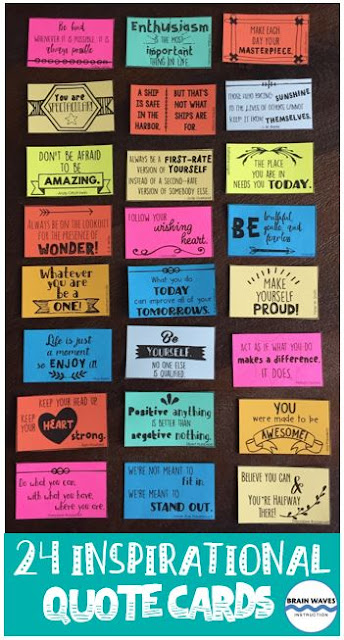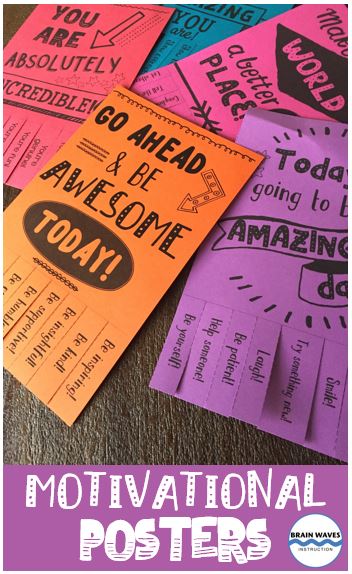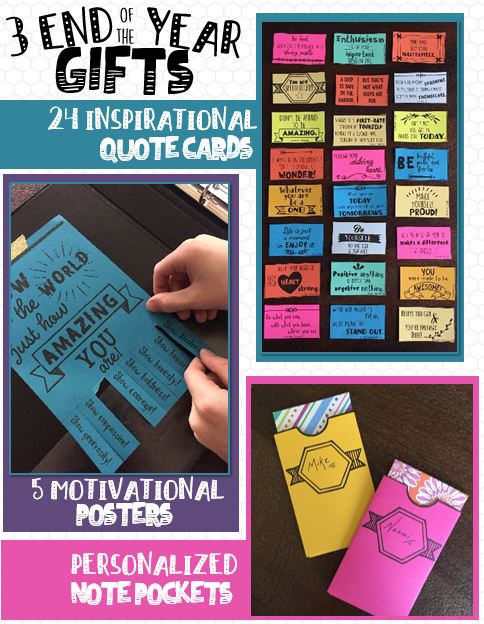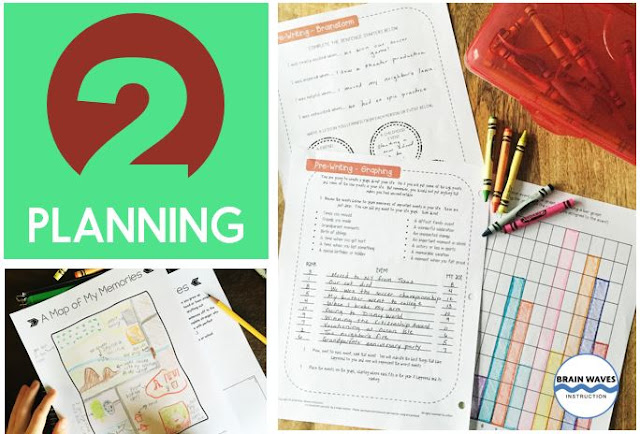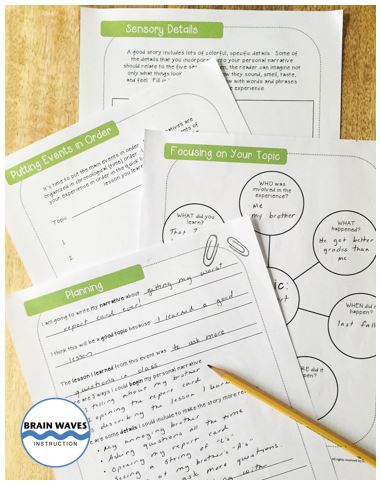TIP #1
CREATE A UNIT AROUND SOMETHING THAT NATURALLY MOTIVATES STUDENTS: Stop the end-of-the-year daydreaming and apathy by planning instruction that taps into students' favorite things.
--- Are your students music fans? Have them write critical reviews of new albums or songs.
--- Want to get everyone excited about learning? Have students design their own roller coaster and write persuasive advertisements filled with figurative language and propaganda techniques about their rides.
 |
| Turn critical vocabulary about roller coasters into a roller coaster! |
Here's a highly motivational end-of-the-year 10-Day Persuasive Writing Unit:
TIP #2
TAKE THE LEARNING OUTSIDE: Kids love learning outside, so why not tie academic and behavioral goals to having class outdoors? Set daily goals for things like homework completion, classroom participation, or class behavior. Then, when students achieve the goals as a class, host your lessons outdoors. Be sure to bring lots of blankets and clipboards to make learning outside easy and comfortable.
INCORPORATE TECHNOLOGY: Now is the perfect time to infuse technology into the classroom. One of my favorite ways is with an Informative Writing Unit. In it, students research and then write a news story about a historical event. Then, they could even produce a news segment with a green screen. Using a green screen app and lots of technology they're able to produce videos. Creating the green screen is as easy as hanging green paper behind students' "new desks." Tons of learning, technology integration, and so much fun!
TIP #4
MAKE LEARNING MEANINGFUL AND FUN WITH LEARNING CENTERS: One of the best ways to keep students engaged in their learning at the end of the school year is with learning centers or stations. They're hands-on and they meet students' natural need for active learning.
I particularly love learning centers because they foster independent and collaborative learning at the same time. Find a bunch of turn-key learning centers plans and activities HERE:
TIP #5
LET STUDENTS BE THE EXPERTS OF THE CLASSROOM: Create ways for your current students to be the experts for your future students. You could have them write a guidebook for incoming students or design a bulletin board full of advice for the beginning of the next school year. Or, why not have students produce a video filled with tips and tricks to help students succeed in your classroom? Then, you could play it at the beginning of the next school year. You could even have students write letters to future students. The opportunities are endless!
TIP #6
PLAN A SPECIAL DAY OF LEARNING: The end of the school year is a perfect time to mix things up at school. Why not host a game show day or reality TV day or academic field day? Or, swap classrooms with another teacher to really mix things up for students. You could even plan a fun day of integration.
Have you seen this FREE team building lesson that allows you to easily integrate with all core subjects?
 This team building activity is FREE in my shop. In it you'll find links to the free lessons for the other core subjects so that you can not only integrate the activities, but have a school-wide special day of learning.
This team building activity is FREE in my shop. In it you'll find links to the free lessons for the other core subjects so that you can not only integrate the activities, but have a school-wide special day of learning.
TIP #7
INVITE IN A SPECIAL GUEST: There's nothing like a new, fresh face to keep students engaged in the classroom, and the end of the year is the perfect time to invite someone into your classroom. You might want to link the guest to something students are learning about like a local poet during your study of summer poems. Or, you could even have students reach out to people in your community as they plan a Career Day.
It's fun to tie a thank you note writing lesson to your guest's visit as well. Here's a lesson on writing thank you notes and creating fun thank you pockets.
TIP #8
SHADOW THE NEXT GRADE LEVEL: Give students an opportunity to alleviate any anxiety that they might have about their next school year by shadowing an upperclassman. They could spend a day with an older student or just a class period. Then, let your students serve as mentors to younger students. Setting up a shadowing experience is a great way to end the year!
Another great way is with meaningful gifts for students. Have you seen these pocket-sized motivational cards for students? You'll find them and 2 other gift ideas in this resource.
I hope these tips will help you end your school year on a positive note. Wishing you the very best end of the year!
Thanks for stopping by,
Mary Beth





















